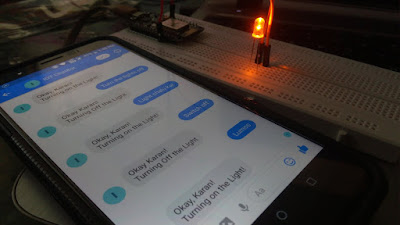MQTT – A Practical Guide to IOT Protocol
MQTT is very useful for connections with remote client where a small code footprint is needed, or internet bandwidth is very low. For example, it has been used in sensors communicating to a broker using satellite link or in a range of home automation and small devices. Also, ideal for mobile applications because of its, low power usage, small size, minimized data packets, and well distribution of information to one or many receivers. MQTT Protocol was first designed in 1999, but with the growth of the IoT, and the need to communicate between low-powered devices, MQTT has recently found it’s market. MQTT was designed with ability to run in an embedded environment where it would reliably and effectively provide an avenue for communication. How It Works MQTT protocol uses a publish/subscribe architecture where as HTTP uses its request/response architecture. MQTT protocol is event driven and enables messages to be pushed to clients. The heart of MQTT protocol is the MQTT broker, it...
